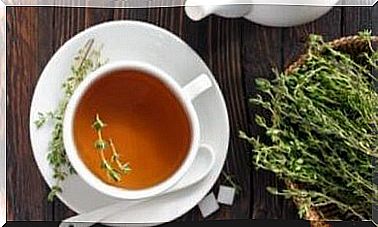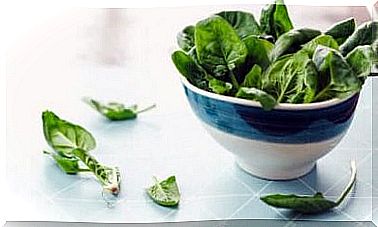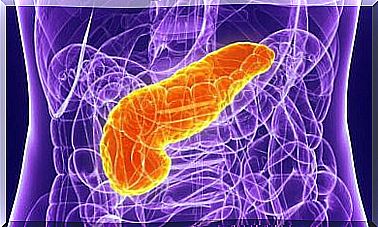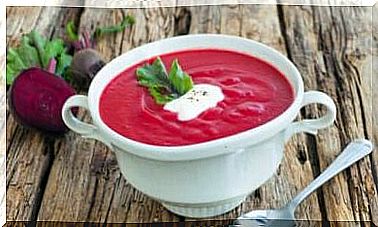What Are Phytochemicals? Find Out More
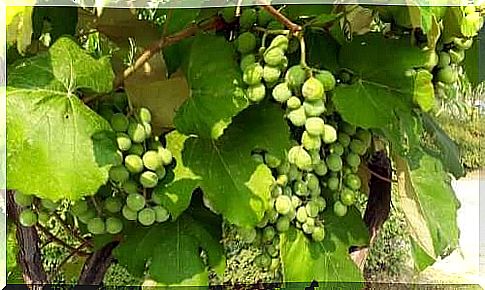
In a varied and healthy diet, we can find enough phytochemicals to benefit our health. Moreover, phytochemicals in various combinations strengthen and improve their action.
Phytochemicals are substances that occur naturally in food of plant origin. Much research is currently being done into their health benefits, mainly their antioxidant power and possible role in cancer prevention.
On the other hand, phytochemicals are not actually nutrients as they do not have an energy or nutritional function. Therefore, food containing phytochemicals is called functional because it provides health benefits.
In a varied and healthy diet, we can find enough phytochemicals to ensure their health benefits. The combination of these different ingredients in the same food strengthens and improves their action.
Phytochemicals – their functions and the benefits of consuming them
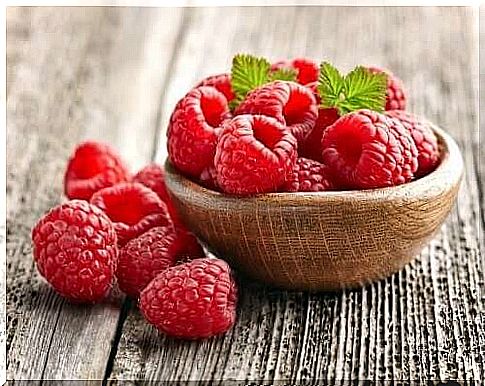
Phytochemicals are responsible for giving food color, smell and taste. For example, carotenoids are elements of provitamin A, so they perform similar functions.
The functions assigned to phytochemicals include helping to maintain normal vision as well as the integrity of the bones and epithelial system. In addition, during breastfeeding, they stimulate milk production.
Several phytochemicals have very strong antioxidant effects. As a result, they help reduce inflammation. In addition, they have a protective effect in cardiovascular diseases.
Another of the best known effects of phytochemicals is their possible relationship to the prevention of certain cancers or neoplastic processes. This function is possible by replacing potentially toxic or harmful substances with less hazardous substances.
Certain compounds also help support the immune system. Therefore, we can say that there are many beneficial properties that are attributed to phytochemicals.
Phytochemical characteristics
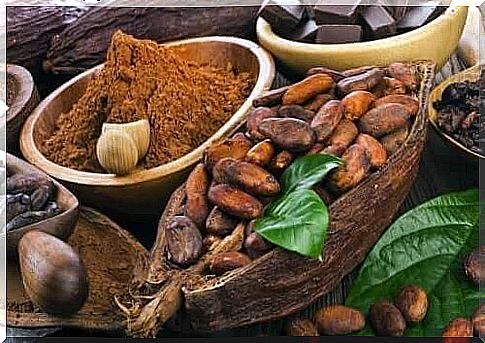
Phytochemicals are elements that exist only in the plant kingdom and are present in very small amounts. Many of them have yet to be explored. However, phytochemicals are not nutrients. There are no diseases caused by their deficiency, but they enhance the action of other nutrients.
Moreover, they are not essential to our body like proteins, carbohydrates, fats, vitamins or minerals. Since they are antioxidants, they have a preventive and healing effect on the body.
Phytochemicals – types
The most common classification of phytochemicals is based on their molecular structure as well as food sources:
1. Phenols
In the group of phenols, we can make the following classification:
- Flavonoids : Found in fruits such as cherries, apple, grapes, acerola, tea, onions, and pepper. The group of flavonoids includes, among others: anthocyanins, catechins, isoflavones, tannins, rutin, quercetin.
- Phenolic acids: including phytic acid, gallic acid, chlorogenic acid and vanilla acid. Some of its most abundant sources are legumes, whole grains, tea, and artichokes.
- Non-flavonoid polyphenols: such as resveratrol or lignans found in red wine, flaxseeds, whole grains, legumes, fruits and vegetables.
2. Terpenes
Terpenes are divided into two groups:
- Carotenoids : such as lycopenes, alpha-carotene, lutein, beta-carotene, or capsaicin found in carrots, squash, oranges, mangoes, spinach, tomatoes, watermelons, grapefruits, papaya, or red papaya.
- Non – carotenoids : including phytosterols, saponins or limonoids. Vegetable oils like soybeans and fortified foods like cassava and quinoa are some examples of phytochemical-rich foods that do not contain carotenoids.
3. Phytochemicals – thiols
This group is also called the sulfur group because it contains this mineral:
- Indoles : The richest in them are products such as cabbage, Brussels sprouts, cauliflower, spinach or broccoli.
- Glucosinolates : This group of food sources includes plants such as Brussels sprouts, red cabbage, broccoli, cauliflower and radishes.
- Organic sulfur compounds : present in garlic.
4. Tocopherols
This group of phytochemicals acts as vitamin E. Its main sources are vegetable oils, nuts, green leafy vegetables and whole grains.
Summary
Some phytochemicals are already synthesized by the pharmaceutical industry. However, these supplements are not a substitute for a diet rich in grains, fruits, vegetables, and legumes. Don’t forget about it!


